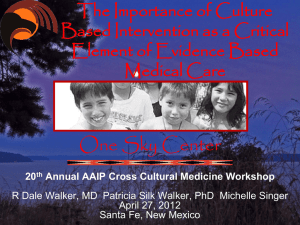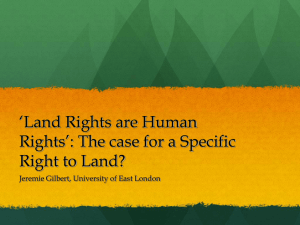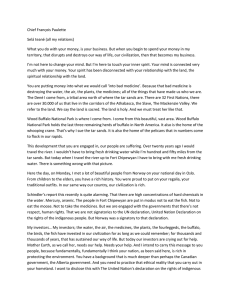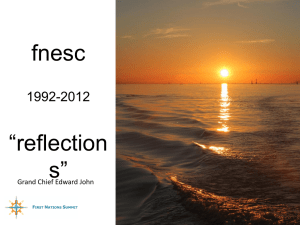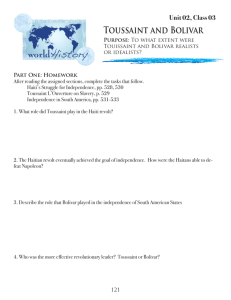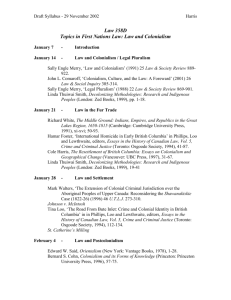Types of Rights II (Cultural & Environmental)
advertisement
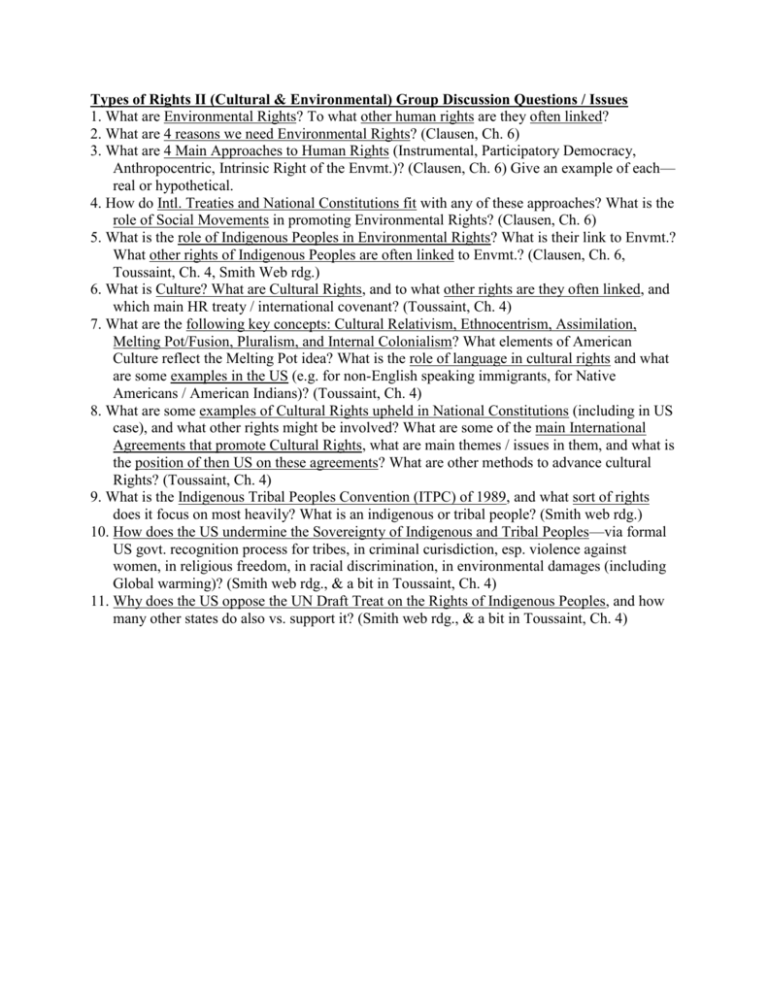
Types of Rights II (Cultural & Environmental) Group Discussion Questions / Issues 1. What are Environmental Rights? To what other human rights are they often linked? 2. What are 4 reasons we need Environmental Rights? (Clausen, Ch. 6) 3. What are 4 Main Approaches to Human Rights (Instrumental, Participatory Democracy, Anthropocentric, Intrinsic Right of the Envmt.)? (Clausen, Ch. 6) Give an example of each— real or hypothetical. 4. How do Intl. Treaties and National Constitutions fit with any of these approaches? What is the role of Social Movements in promoting Environmental Rights? (Clausen, Ch. 6) 5. What is the role of Indigenous Peoples in Environmental Rights? What is their link to Envmt.? What other rights of Indigenous Peoples are often linked to Envmt.? (Clausen, Ch. 6, Toussaint, Ch. 4, Smith Web rdg.) 6. What is Culture? What are Cultural Rights, and to what other rights are they often linked, and which main HR treaty / international covenant? (Toussaint, Ch. 4) 7. What are the following key concepts: Cultural Relativism, Ethnocentrism, Assimilation, Melting Pot/Fusion, Pluralism, and Internal Colonialism? What elements of American Culture reflect the Melting Pot idea? What is the role of language in cultural rights and what are some examples in the US (e.g. for non-English speaking immigrants, for Native Americans / American Indians)? (Toussaint, Ch. 4) 8. What are some examples of Cultural Rights upheld in National Constitutions (including in US case), and what other rights might be involved? What are some of the main International Agreements that promote Cultural Rights, what are main themes / issues in them, and what is the position of then US on these agreements? What are other methods to advance cultural Rights? (Toussaint, Ch. 4) 9. What is the Indigenous Tribal Peoples Convention (ITPC) of 1989, and what sort of rights does it focus on most heavily? What is an indigenous or tribal people? (Smith web rdg.) 10. How does the US undermine the Sovereignty of Indigenous and Tribal Peoples—via formal US govt. recognition process for tribes, in criminal curisdiction, esp. violence against women, in religious freedom, in racial discrimination, in environmental damages (including Global warming)? (Smith web rdg., & a bit in Toussaint, Ch. 4) 11. Why does the US oppose the UN Draft Treat on the Rights of Indigenous Peoples, and how many other states do also vs. support it? (Smith web rdg., & a bit in Toussaint, Ch. 4)



